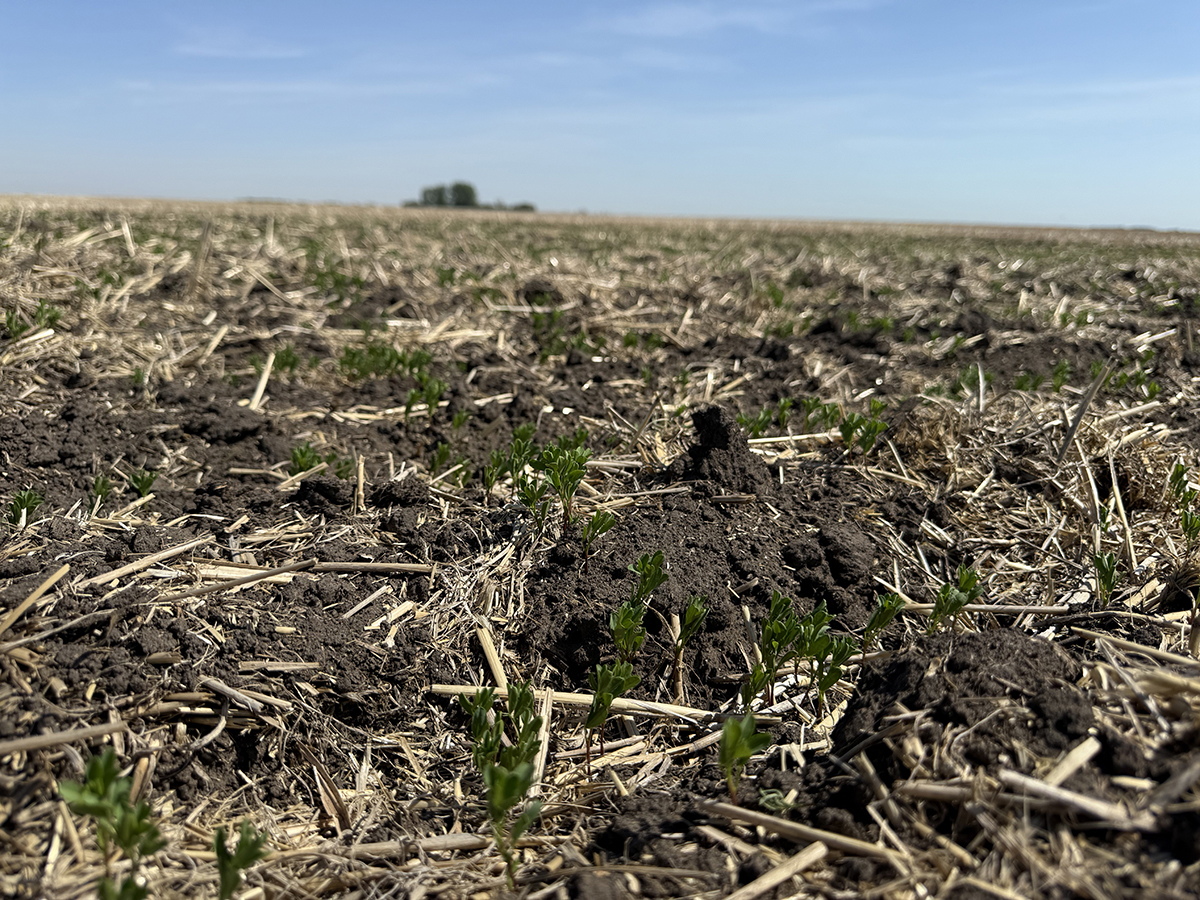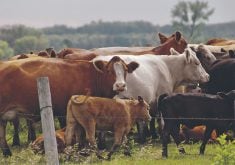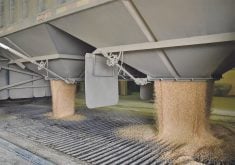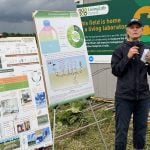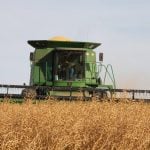Statistics Canada’s June 27 seeded acreage report shows farmers planted more durum, lentils, peas and oats this spring while seeding less canola and barley.
As usual, it’s the details that are the most interesting.
The report is based on a survey of approximately 25,000 farms conducted from May 15 to June 12. Market analysts will use these numbers and make yield assumptions to come up with supply and demand tables. When combined with international supply and demand, price direction can be estimated.
Read Also
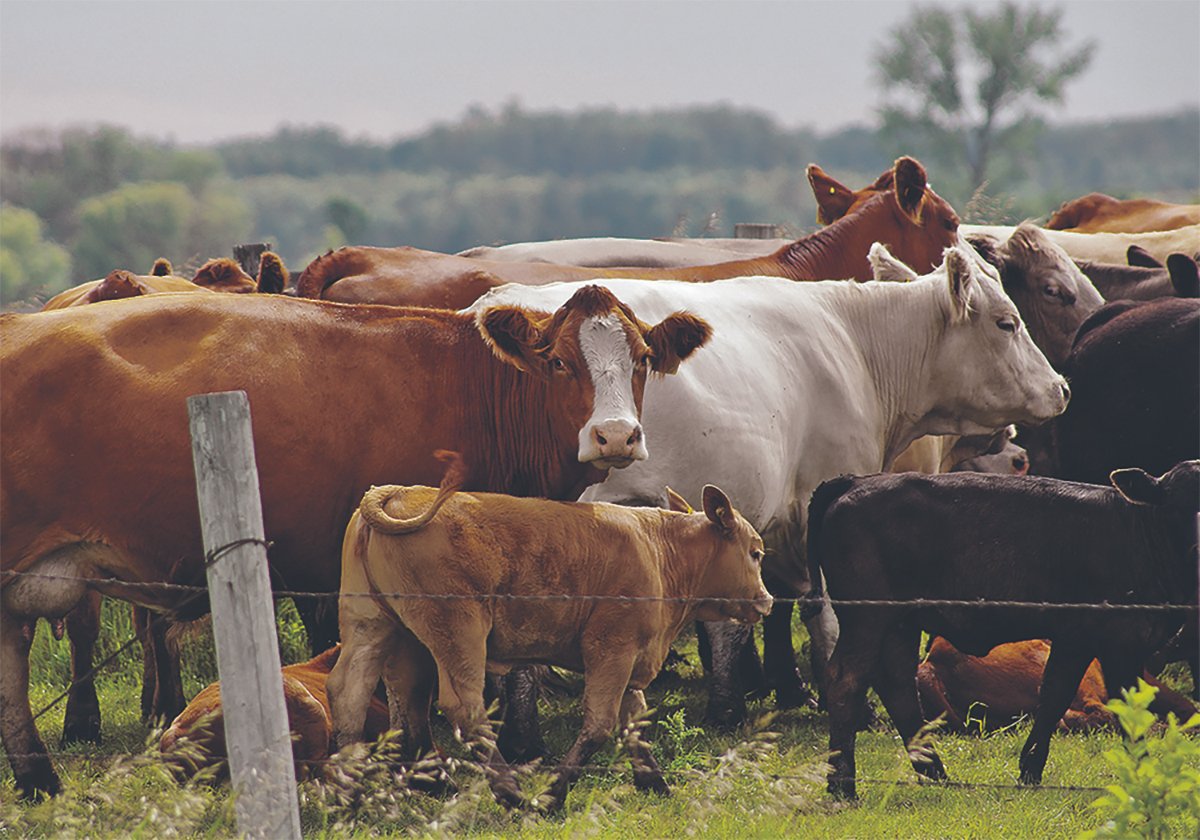
High prices see cow-calf producers rushing to incorporate
Farm accountants are reporting a steady stream of cow-calf producers rushing to get their operations incorporated ahead of selling their calves this fall.
On some crops, Canadian acreage and therefore production and exports have a large influence on worldwide prices. On other crops, our production isn’t such a big influence.
Beyond price effects, acreage shifts and trends are an interesting barometer for what farmers are thinking.
Some observers had expected canola acres to remain the same or even increase from last year because of the price strength shown shortly before seeding.
That wasn’t the case. Canola acreage is down by 2.5 per cent with the biggest drop in Manitoba at 9.2 per cent.
Many Manitoba farmers appear to have substituted soybeans for canola. Soybean acreage in Manitoba is up by 13 per cent.
Barley acreage in Canada is down by 4.2 per cent, with the largest drop in Alberta, the province with the biggest production.
Meanwhile, oat acreage increased by 3.3 per cent, with the biggest increases occurring in Alberta and Manitoba.
Alberta farmers seeded 11.6 per cent more durum this spring, while Saskatchewan’s durum acreage is basically steady. The overall increase in durum acreage is 2.6 per cent.
It’s interesting how farmers in different provinces can view cropping options differently. Spring wheat area nationally decreased by 0.7 per cent.
Lentil acreage is up four per cent from last year and above the five-year average.
There was a major shift in the classes of lentils seeded. Large green lentil acreage increased 29 per cent, while small green and other classes of lentils also increased.
Meanwhile, red lentil acreage crashed by 41 per cent from last year, which is a response to the much higher prices being offered for green lentils.
Red lentils have accounted for a big majority of the acres in recent years. This year, large green and red lentil acreages are nearly the same.
Large green prices have been declining for months, and this seeded acreage information is unlikely to help.
Field peas are up 9.1 per cent. The increase was 2.2 per cent in Saskatchewan while Alberta increased pea acreage by 20.5 per cent, with the increase coming in yellow peas.
By contrast, Saskatchewan’s yellow pea acreage dropped, while the much smaller green pea acreage increased by 23 per cent. The acreage of other pea classes also saw a bump.
Chickpea acres are up 12.5 per cent to 541,000 acres, the highest acreage in many years. Chickpea prices are not exciting, but some lentil producers switched to chickpeas to counter root rot issues.
Flax finally reversed its multi-year acreage slide, increasing 23 per cent to nearly 620,000 acres. Flax prices have been quite strong compared to many other commodities.
Despite dropping prices, about 10 per cent more canaryseed went in the ground this spring. With Canada being the dominant exporter, the acreage increase isn’t positive for price prospects.
Meanwhile, mustard acreage crashed as expected, down more than 40 per cent from 2024. It has long been a feast or famine crop with large price swings driving large acreage fluctuations.


